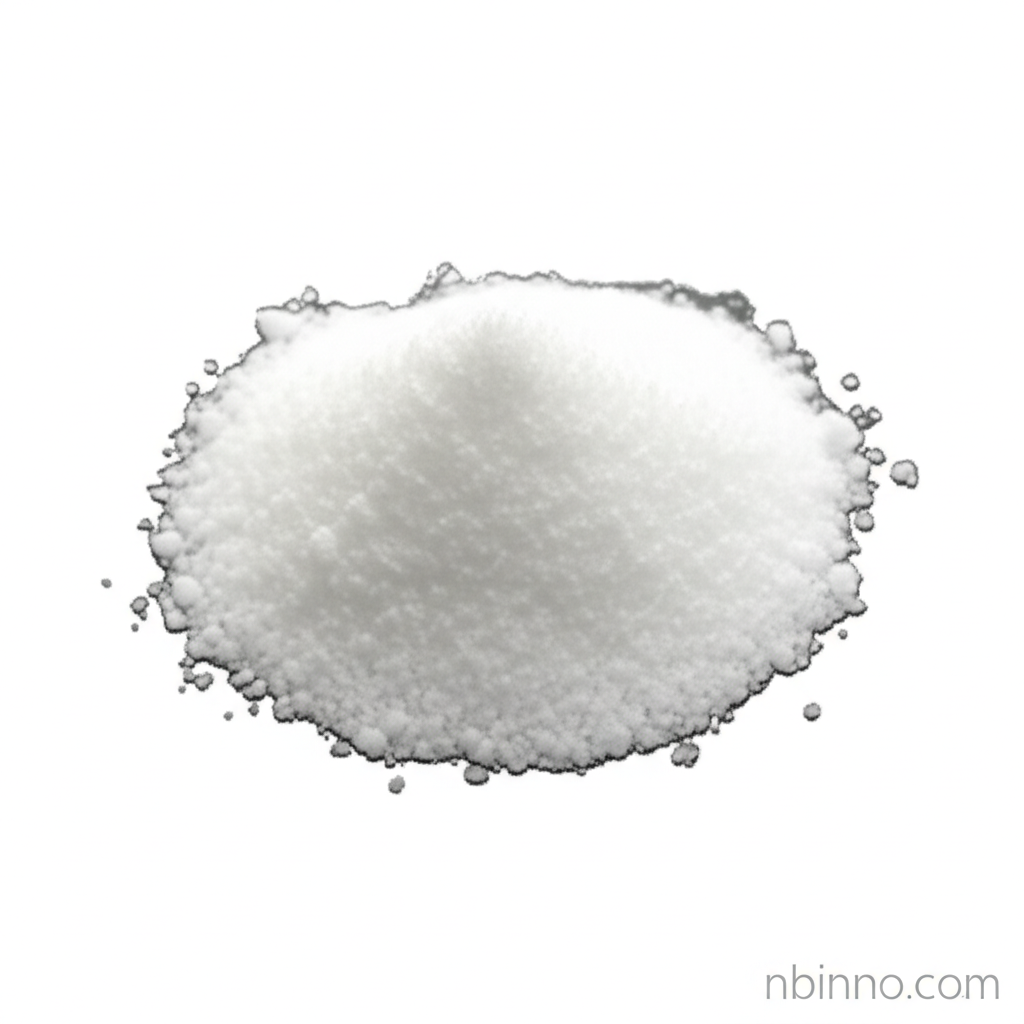2-Fluoro-4-iodo-5-picoline: A Key Intermediate for Pharmaceutical and Agrochemical Synthesis
Discover the crucial role of this fluorinated pyridine in advancing drug discovery and agrochemical innovation.
Get a Quote & SampleProduct Core Value

2-Fluoro-4-iodo-5-picoline
As a vital building block, 2-Fluoro-4-iodo-5-picoline (CAS: 153034-94-7) plays a crucial role in the pharmaceutical industry for synthesizing drugs targeting various diseases, including antiviral, antifungal, and anticancer agents. Its unique fluorine and iodine substituents enhance reactivity and drug efficacy, making it a valuable intermediate for advancing medicinal chemistry and drug discovery efforts.
- The synthesis of 2-Fluoro-4-iodo-5-picoline is a complex process often involving multistep organic reactions.
- Researchers utilize 2-Fluoro-4-iodo-5-picoline as a key building block in organic synthesis to create novel molecules.
- The distinct properties of fluorinated pyridine derivatives make them sought after in drug discovery.
- Understanding the CAS 153034-94-7 applications is essential for R&D in pharmaceuticals and agrochemicals.
Advantages Offered by the Product
Enhanced Reactivity
The presence of both fluorine and iodine substituents on the pyridine ring of 2-Fluoro-4-iodo-5-picoline significantly enhances its reactivity, enabling more efficient chemical transformations in organic synthesis.
Drug Discovery Potential
This compound is invaluable in medicinal chemistry, acting as a crucial intermediate for developing new drugs with improved efficacy and selectivity, particularly in areas like oncology and infectious diseases.
Versatile Intermediate
Its role as a versatile intermediate makes it highly sought after by pharmaceutical manufacturers and research institutions aiming to synthesize a wide range of complex pharmaceutical compounds.
Key Applications
Pharmaceutical Intermediates
2-Fluoro-4-iodo-5-picoline is indispensable for the synthesis of various pharmaceutical compounds, contributing to the development of innovative treatments.
Agrochemical Research
This compound is utilized in the formulation of agrochemicals, enhancing the efficacy of pesticides and herbicides to improve crop yields.
Organic Synthesis
Its unique chemical structure makes it a valuable tool for researchers in organic synthesis, facilitating the creation of complex molecular architectures.
Medicinal Chemistry
The specific properties of this molecule make it a prime candidate for use in medicinal chemistry to develop novel drug candidates.
